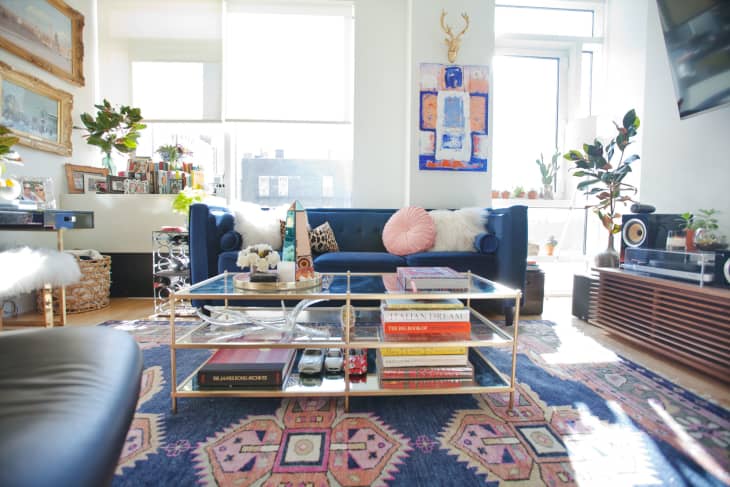The Most Controversial Design Trends, According to Real Estate Agents
You might not think of real estate agents as experts in interior design. But—given the sheer volume of homes they see—they certainly have some valuable insight to offer. They see firsthand how design can be a detriment when selling a home.
For more content like this follow
Many buyers have the ability to look past cosmetic aspects of a house, like design or finishes, and focus on the important things (the bones of the house, the layout, the location, etc.). But some design elements can be a turn-off and send people looking elsewhere for their dream home.
“There is nothing that I appreciate more than a well-decorated house,” saysRobin Kencelof Compass. “As an interior decorator, I notice detail and having every square inch of a room thought through. As a real estate broker, however, I am sellingspace, and I need to be sure that the spaces are not distracting and that the buyer does not have to work too hard to take in the overall size, proportion, and scale of a room.”
We talked to three real estate agents to find out the interior design trends they hope to never see again because they could prevent a sale. Of course, your home is your own to decorate, so go wild! But if you’re staging your space for sale, swapping out these trends for something simple may be worth it.
Color-coordinated kitchens
A turquoise kitchen might look great on Pinterest, but it could hurt resale down the road, saysJune Gottlieb, an agent with Warburg Realty. She thinks the color-coordinated kitchen trend—with cabinets, appliances, and other features all in the same bright hue—can be polarizing.
“当老板去卖他/她(家)年down the road, the next owner will likely reject that customization and will have to rip out and install a new kitchen, even if the cabinets and appliances are in great condition,” Gottlieb says. She thinks, instead, homeowners should consider renovating their kitchens and appliances in a neutral palette
Taxidermy
While Adirondack- and lodge-style rooms are popular in many markets, hold back on incorporating taxidermy into your design scheme, advises Kencel.
“While it might be natural for a decorator to include taxidermy into the room decor, I always recommend removing any once-living animals from a room before the house gets listed. I have seen buyers physically recoil and refuse to enter a room that has taxidermy in it.”
Real animal furs and skins
Speaking of animals: Another current trend Kencel’s noticed lately is staging home with fur accessories (like throws and pillows) and animal skin rugs. Not only is this approach overplayed—“Even buyers have commented on their overuse,” she says—but using animal products poses another potential problem.
“Besides being too commonplace, buyers are sensitive to animals being used in decor,” she says.
If you want to channel this aesthetic, she recommends using faux furs and skins instead. But be prepared to fork over some cash: The more expensive they are, the more realistic they tend to look.
Color-blocking
They say you can’t go wrong with the classic combo of black and white, butKathryn Landowof Warburg Realty disagrees.
“One trend that is having a moment is color-blocking, mainly black and white accents,” she said, noting that she often sees black-and-white marbled entries and color-blocking in bathrooms and kitchens. “While some might like this bold look, it is very trendy and really not for everyone. Redoing flooring and tiling could be costly.”
If you’re set on using the trend, try color-blocking decorative accents instead, she suggests.
“For tiling and marble, you are better off sticking to neutrals that will be timeless rather than on-trend patterns.”
Maximalism
When it comes time to sell a home, more isn’t necessarily more. While you might love maximalist elements, they will likely distract a buyer from focusing on the home’s positive attributes. Kencel recommends keep things simple to let the space truly shine.

